The group stage of the Europa League (UEFA Cup) begins this Thursday. The qualifying rounds have all been completed, and we now have 12 groups of 4 teams each, all ready to compete to see who will progress to the knock-out stages next spring. The 48 teams entered into the groups consist of the defending champions Atletico Madrid, the 37 winners from the playoff rounds (including us of course), and the 10 teams eliminated from the final round of qualifying for the Champions League.
When the knock-out stage begins in late February 2011, there will be 24 survivors from the group stages – the top two from each group – who will then be joined by the 8 third-place clubs from the Champions League groups to make up 32 all together. From there it’s a straight-forward two-legged knock out competition, culminating in the final to be played in Dublin on May 18th 2011.
After surviving the third qualifying round against FC Rabotnicki, and then the play-off round against Trabzonspor, we were then entered into the draw for the group stage. That put us in the company of some of Europe’s most famous clubs, along with the likes of Juventus, Manchester City, Atletico Madrid, Bayer Leverkusen, Rosenborg, Villareal, Club Brugge, Dynamo Kyiv, CSKA Moscow, Sporting Club de Portugal, Palermo, Sparta Prague, Anderlecht, AEK Athens, Stuttgart, PSV Eindhoven, Sampdoria, Sevilla, Paris Saint-Germain, Borussia Dortmund, FC Porto, and CSKA Sofia. We’ve faced many of those clubs in the past, and could have faced many of them in the group stages. Instead, we were drawn into Group K along with Steaua Bucharest (Romania), Napoli (Italy), and FC Utrecht (Netherlands). It could have been a lot worse with trips to some far away Eastern European cities, and so these three opponents have to be seen as a lot easier to take considering what might have been (Russia, Ukraine, and Belarus, among others). There are no easy games in European competition, as we have found out in the past, and these three opponents might be described as “tricky” if we want to be polite.
FC Steaua Bucharest – Sept 16th (H) and December 2nd (A)
Our first match is at home to Steaua Bucharest, which will definitely not be easy. Steaua are by far Romania’s most successful club, having won their domestic league (Liga 1) a record 32 times, as well as being runners-up an additional 13 times. They have also won the Romanian Cup 20 times (also a record) as well as being runners-up in that competition 7 times. Their record in Europe is also respectable, being the first (and only) Romanian club to reach the European Cup final, with a European Cup win over Barcelona, and a UEFA Super Cup win over Dynamo Kiev, in 1986 as well as being European Cup finalists in 1989 (losing to AC Milan). Their best record in the UEFA Cup is a semi-finalist position in 2006, losing out to Middlesbrough.
The club began in 1947 as the Romanian Army Sports Club (ASA Bucuresti), with the football club separating from the rest of the organisation in 1998. The only remaining link to the army is the home ground, Stadionul Ghencea, which opened in 1974 and is the property of the ministry of defence. The club name translates as “The Star of Bucharest” and is represented by a star on the club crest (originally red), which is a common symbol for Eastern European Army clubs.
Steaua’s first strip (1947) was blue shorts with yellow and red striped shirts, representing the Romanian tricolour flag. The strip was later changed to omit the yellow and use combinations of red and blue, but an all yellow strip with blue and red trim on the sleeves is also used nowadays for some of their away matches.
When the Stadionul Ghencea first opened in 1974 as the first football-only stadium ever built in Romania, it had a capacity of 30,000 on benches, which was reduced to 28,000 in 1991 when the stadium was renovated and seats were installed. Floodlights and VIP boxes were also installed at that time, with a further renovation in 2006 allowing the stadium to qualify for Champions League matches. The Romanian National team also use the same stadium for their home games. The capacity may only be 28,000 but it is by no means a quiet place. Several domestic league and Champions League matches have resulted in suspensions against the club for crowd disturbances including racial chants and setting off flares. In 2009, two Europa League matches were played to an empty stadium after racist banners were displayed in a qualifying match against Hungarian side Ujpest. We should probably be glad that the plans to expand the capacity to anywhere from 45,000 to 60,000 have yet to be completed.
Liverpool played Steaua in the 2003-2004 UEFA Cup, with a 1-1 result away in the first leg (Djimi Traore scored his first goal for Liverpool) and 1-0 at home (Harry Kewell’s goal). That win was Liverpool’s 50th in the UEFA Cup, giving us a 2-1 aggregate win.
Some notable former players for Steaua include former Tottenham, Barcelona, and PSV player Gheorge Popescu, who also won 115 caps for Romania, and is the brother-in-law of another famous former Steaua player, Romanian international Gheorge Hagi who earned 125 international caps, many of them as captain. Hagi also has the rare distinction of having played for both Real Madrid and Barcelona during his career. Dan Petrescu spent 14 years with the club from youth to senior level, and is well known amongst Chelsea supporters with five seasons in London from 1995 to 2000.
Current manager Ilie Dimitrescu is also a former player who began and ended his playing days with the club, and also spent a couple of years in between in England playing for Tottenham and West Ham, among other clubs in Mexico, Spain, and Italy. Other notable former managers include Walter Zenga (2004-05), and former player Gheorge Hagi for a brief spell in 2007.
S.S.C. Napoli – October 21st (A) and November 4th (H)
Football was brought to the city of Naples in 1904 by English sailors William Poths and Hector Bayon, who were in part responsible for the founding of Naples Foot-Ball and Cricket Club. The name was shortened to Naples Foot-Ball Club a couple of years later, with the team originally wearing sky blue and navy blue striped shirts with black shorts. The club has been through several periods of ups and downs over its history, although managing to stay in Serie A for most of the time. The most successful era for the club was during the time that Diego Maradona was leading the side to the Serie A championship and the Coppa Italia in 1987. Two years later, Napoli achieved their first (and only) European trophy when they lifted the UEFA Cup in 1989. The following year they again won the Serie A. Maradona was banned for 15 months following a positive test for cocaine, and with that Napoli went into a period of decline both on the field and financially, with relegation to Serie B in 1998. After a couple of promotions and relegations, Napoli were declared bankrupt in 2004.
The club was re-founded by film director Aurelio Di Laurentis under the name Napoli Soccer as they were not allowed to use their former name, but were later renamed as Societa Sportiva Calcio (SSC) Napoli in 2006. Current manager Walter Mazzari has brought some success back to the club, achieving a sixth place finish in Serie A last year and gaining entrance to this year’s Europa League.
Napoli have featured some of the top names in football (besides Maradona) over their history, including Ruud Kroll who joined the club after leaving Vancouver Whitecaps in 1980. Dino Zoff appeared over 150 times for Napoli over 7 seasons, and was Italy’s national team goalkeeper from the late 60’s through the early 80’s (he was also Italy’s manager from 1998 to 2000). Andrea Carnevale was a team-mate of Maradona’s during the Serie A winning season of 1990, as was Gianfranco Zola who left Napoli in 1993 and moved to Parma, and then to Chelsea in 1996. Current France national team manager Laurent Blanc is also a former player, and some other familiar names among their alumni include Fabio Cannavaro, Paolo Di Canio, Daniel Fonseca, and Roberto Ayala. One very familiar name that we’ll see when we play Napoli is Andrea Dossena, who spent two seasons with Liverpool until this past January 2010.
A few familiar names are also featured in their list of former managers, including Claudio Ranieri, Marcello Lippi, and Roberto Donadoni.
We have never faced Napoli before, so this is a case of venturing into the unknown when we meet them in late October.
FC Utrecht – September 30th (A) and December 15th (H)
Utrecht are a somewhat unknown quantity, having never faced us before in competition, although we have beaten them 1-0 (Heighway) and 2-0 (Cormack and Toshack) in pre-season friendlies back in 1972 and 1975 respectively. Even though we have beaten them both times, and knowing that they are not the most famous side in the Netherlands, they still should not be taken lightly. Celtic found that out to their cost recently, after beating them 2-0 at home, only to go down 4-0 away putting Utrecht into this year’s group stage at Celtic’s expense.
FC Utrecht was founded in 1970 with the merger of three clubs: DOS, Elinkwijk, and Velox. DOS had won the Eredivisie (Holland’s first division) in 1958, while Utrecht have won the KNVB Cup three times in 1985, 2003, and 2004, as well as being runners-up in 1982, and 2002. They were the first club outside of the big three of Ajax, PSV, and Feyenoord to win the Johan Cruijff Shield in 2004.
They have been a competitive club in the Eredivisie since their founding in 1970, and are the only club not to have been relegated at least once during their time in the top division, while every other club (other than Ajax, PSV and Feyenoord) has been relegated at least once since Utrecht’s founding in 1970. That record puts them well up in the overall standings, chasing the traditional top three clubs for honours each year.
One former Utrecht player whose name will be recognised is Dirk Kuyt, who played there for five seasons (1998-2003) before moving to Feyenoord for three seasons and then to Liverpool in 2006. Jan Wouters played for Utrecht from 1980 to 1986, and then became assistant manager, and caretaker manager from 1996 to 1997. He then returned to the club in 2009, again as assistant, this time to current manager Ton du Chatinier.
The three clubs in our group should provide us with some good competition and hopefully some entertaining football. We’ll have to play well, both home and away, to make sure that we finish first or second to ensure that we progress to the knock-out stage next spring.
Even though it’s a long long way to Tipperary, at least Dublin might be a lot closer by the end of these six matches. There’s also that age-old saying that a journey of a thousand miles begins with a single step; which can be re-stated as: our journey on the long road to the final begins with a single game on Thursday this week.
Come on you Reds!




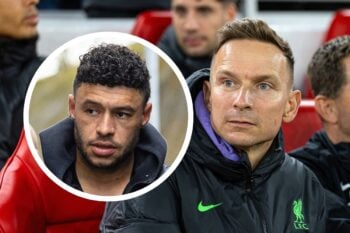


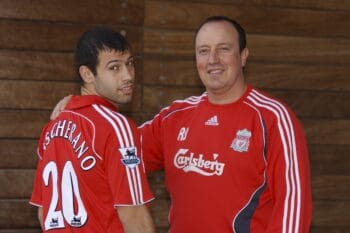
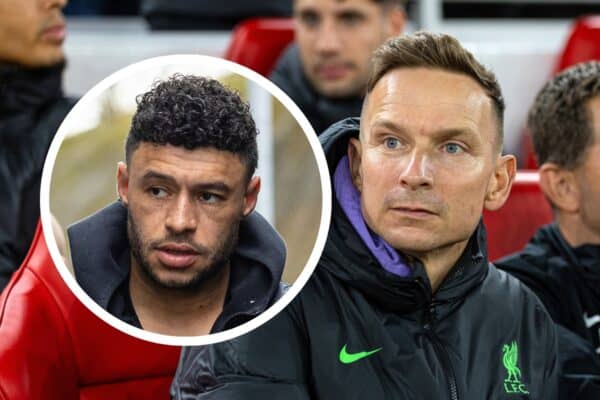
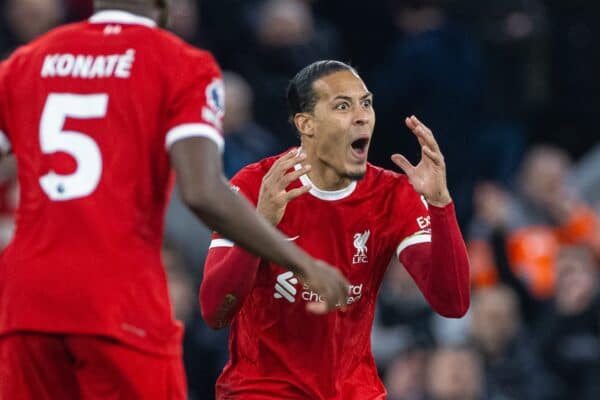
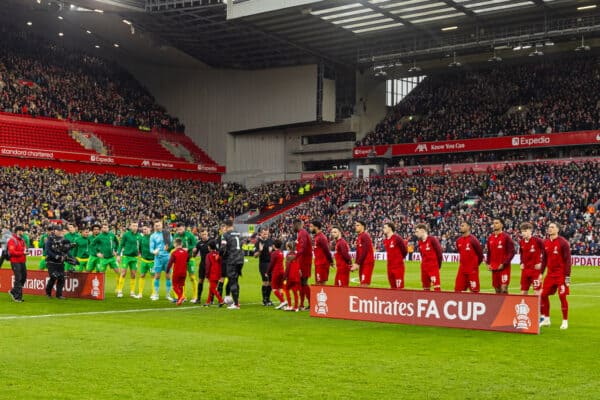
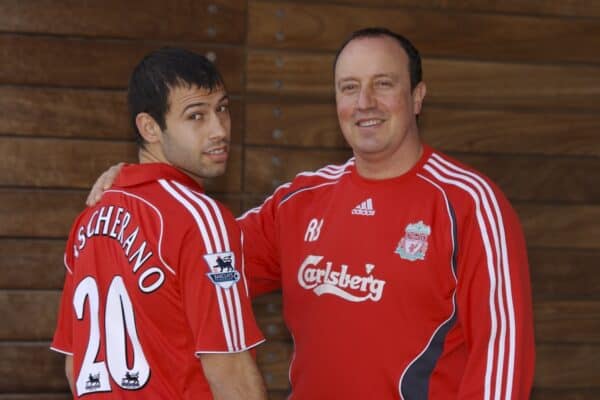
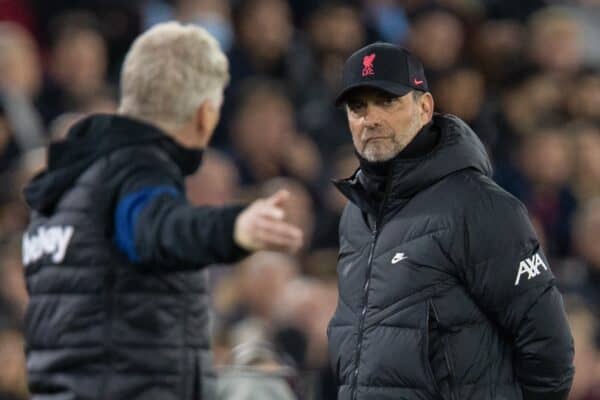
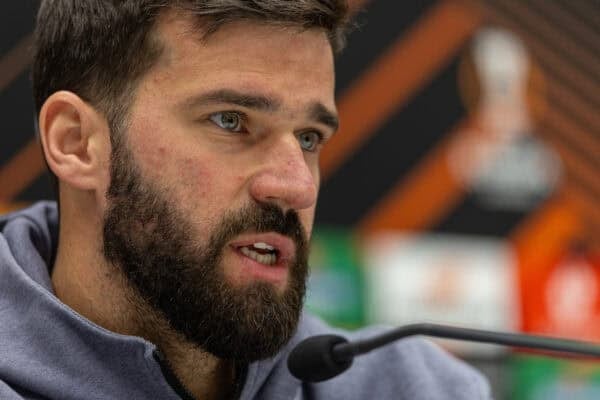
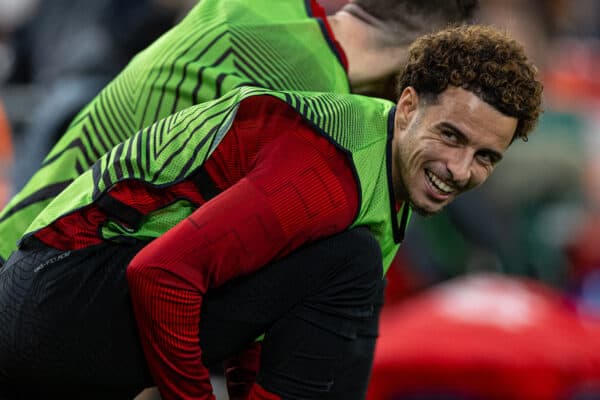
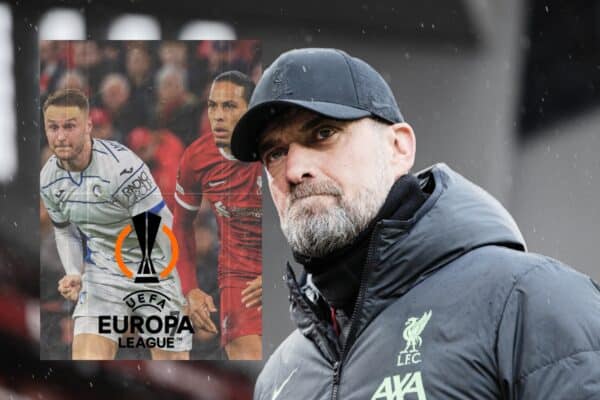

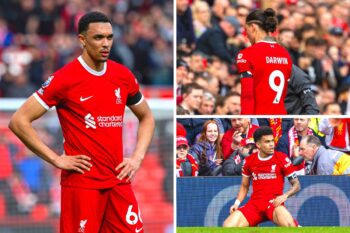

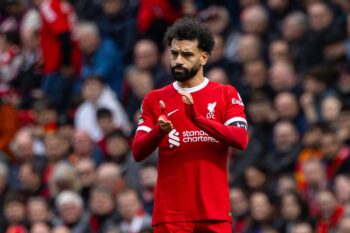

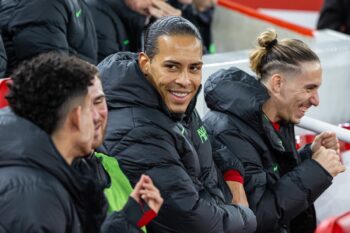
Fan Comments